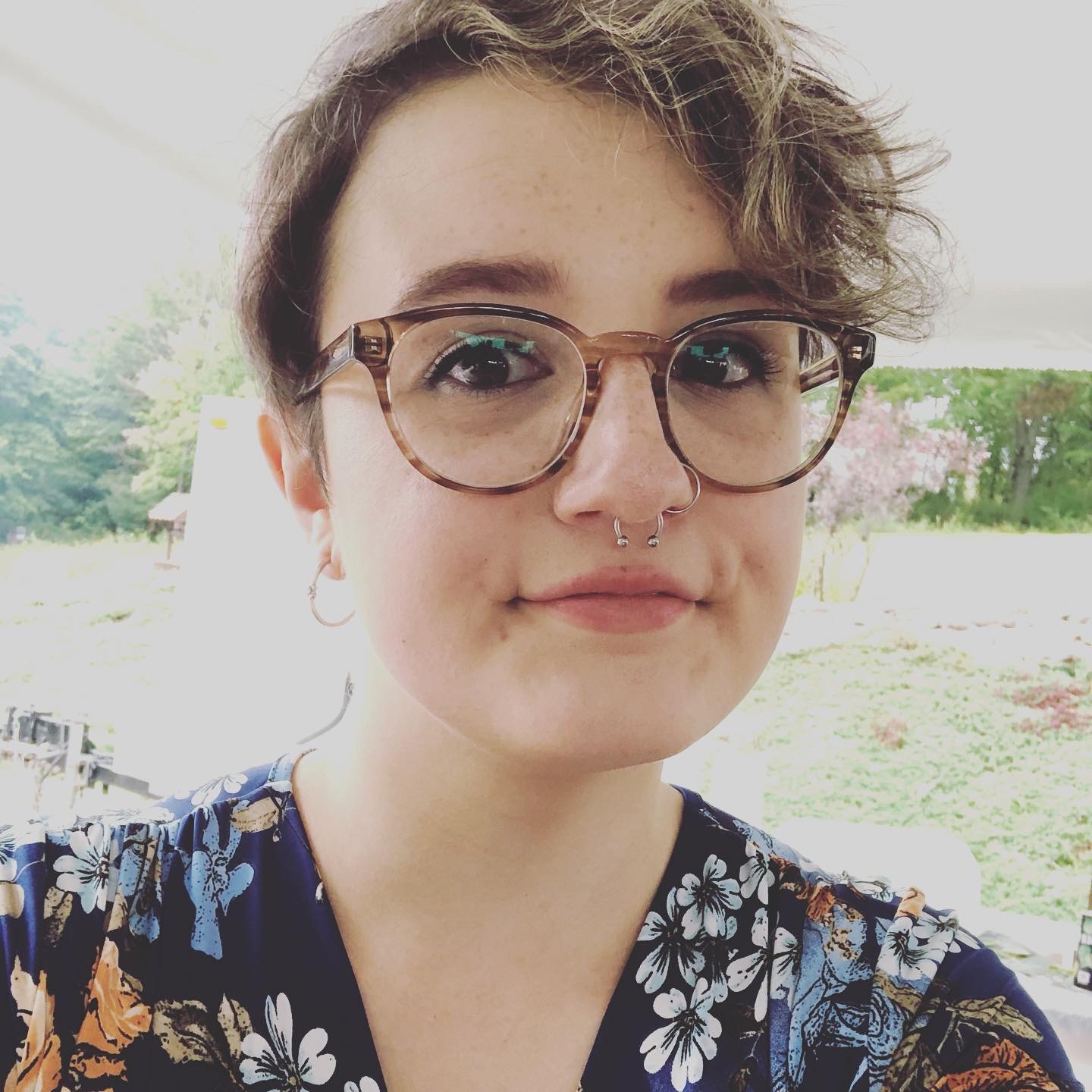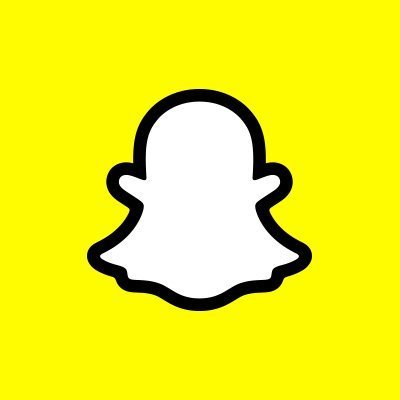 I came to be interested in digital rhetoric almost by accident. During my MA, it was a requirement to incorporate at least one multimodal project into our curriculum. To be clear, multimodality and digital rhetoric should not be conflated, but for me, they have always gone hand-in-hand. For whatever reason, completely uninformed by any research, I decided to leave the multimodal project completely open-ended instead of taking the route most of my colleagues had taken, which was just to have students create Prezi presentations based on their research papers. I was blown away by the projects my students proposed and created that were both material and digital. Through this experience, I came to understand the ways in which digital rhetoric and multimodality created space for student difference and multiplicity.
I came to be interested in digital rhetoric almost by accident. During my MA, it was a requirement to incorporate at least one multimodal project into our curriculum. To be clear, multimodality and digital rhetoric should not be conflated, but for me, they have always gone hand-in-hand. For whatever reason, completely uninformed by any research, I decided to leave the multimodal project completely open-ended instead of taking the route most of my colleagues had taken, which was just to have students create Prezi presentations based on their research papers. I was blown away by the projects my students proposed and created that were both material and digital. Through this experience, I came to understand the ways in which digital rhetoric and multimodality created space for student difference and multiplicity.
For me, digital rhetoric opened a world of endless possibilities with new ways of understanding what it means to be a “writer,” especially within the context of FYW pedagogy. While many students have ample experience composing in at least one digital environment, most students would not describe what they do as “writing” or see those digital spaces as connected in any way to the rhetorical concepts they are learning in the classroom (DePalma & Alexander; Shepherd). This realization is what sparked my continuing interests in social media research and the intersections between digital rhetoric, FYW pedagogy, and learning transfer.

In my current work, I am exploring the composing habits of first-year writing students on the mobile application Snapchat. Snapchat is a camera-first messaging platform that invites students to compose multimodally. In this project, I aim to better understand students composing habits on Snapchat and their perceptions of those composing habits. Using the data I’ve gathered in my mixed methods study, my project demonstrates what students’ Snapchat habits can teach writing instructors about fostering critical digital literacy in first-year writing contexts. Specifically, the project engages with students lived experiences of multimodal composing and digital writing (via Snapchat) and the ways in which those experiences are often completely disconnected from their experiences writing in academic contexts.
Further, given the current state of the world and the increasing prevalence of digital spaces, it has become more and more important to me to engage with digital activism and to investigate the inclusivity of digital spaces. At DMAC this past summer, Laura L. Allen described looking at digital media from a hospitality framework, which reminds us how critical it is to constantly reflect: Who is welcome in this space? Who is not welcome in this space? Which voices are being uplifted? Which voices are being silenced? Who has access to this space? What is valued in this space? How do we know? All of these questions can reveal a lot about both accessibility and privilege, whether we’re looking at Twitch, TikTok, or the university LMS.
As a DRC fellow, I am excited for the opportunity to work collaboratively with other scholars whose research is also invested in digital rhetoric and all the vast interests that that term can encompass. Collaboration is central to so many of my projects, and I am especially excited to work with and learn from everyone that is involved with the DRC this year. While I hope that my work with the DRC will intersect with my own research interests, I am also hopeful that this experience will open me up to new ways of thinking, being, and understanding, much like my fateful first experiences with multimodal projects in my FYW classroom.
If you’re interested in chatting or collaborating, please feel free to reach out to me via email at courtneyannemauck@gmail.com or via Twitter @courtneyamauck.
